| Pesticide class | Insecticide, Acaricide |
|---|---|
| Active ingredient | Abamectin |
| Formulation | 1.8% EC |
| Resistance group | IRAC: 6 |
| PHI | Vegetable: 3 day |
| Acute Oral LD 50 for Rats | 10 mg/kg |
Abamectin 1.8%EC
It is penetration (semi-systemic) insecticide and acaricide with contact, ingestion mode of action. It belongs to the avermectin that binds to the glutamate-gated chloride channels that are found in invertebrate nerve and muscle cells of insects, causing their death. Abamectin is a natural bacterial fermentation product of the soil actinomycete, Streptomyces avermitilis.
Cases and dosage
|
Crop |
Pest | Dosage |
|
Vegetable |
(Liriomyza spp. ) |
0.6 Lit per Ha |
|
Citrus |
(Phyllocoptruta oleivora) |
20 ml+ 250 ml Oil/ 100 L of water |
Related products
INDOXACARB +EMAMECTIN BENZOATE 9% SC
Imidacloprid 35% SC
It is a systemic insecticide with contact, ingestion mode of action. It belongs to the neonicitinoid, which affects nicotinic acetylcholine receptors in the central nervous system of insects. Imidacloprid is systemically absorbed from the root and released as an acropetal mechanism in the plant. The systemic effects of Imidacloprid do not diminish its effect because of rainfall and rinsing on the plant surface.
Emamectin Benzoate 5.7% SG
It is a non-systemic insecticide with contact, ingestion mode of action. It belongs to the avermectin, that inhibits muscle contraction, causing a continuous flow of chlorine ions in the GABA and H-Glutamate receptor sites. Emamectin Benzoate is a natural bacterial fermentation product of the soil actinomycete, Streptomyces avermitilis.
Cypermethrin 40%EC
It is a non-systemic insecticide and contact with ingestion mode of action. It belongs to the pyrethroids which disrupt sodium channels in the axon membrane and has a knock-down property that causes the insect to become paralyzed and fall quickly. Cypermethrin has a quickly act on the larval and adult stages of moths.
lambada-cyhalothrin 4.9% CS
It is a non-systemic insecticide with contact, ingestion, repelling and long-lasting. mode of action. It belongs to the pyrethroids, which disrupt sodium channels in the axon membrane and has a knock-down property that causes paralysis and death of the insect. lambada-cyhalothrin has a quick action on pests.


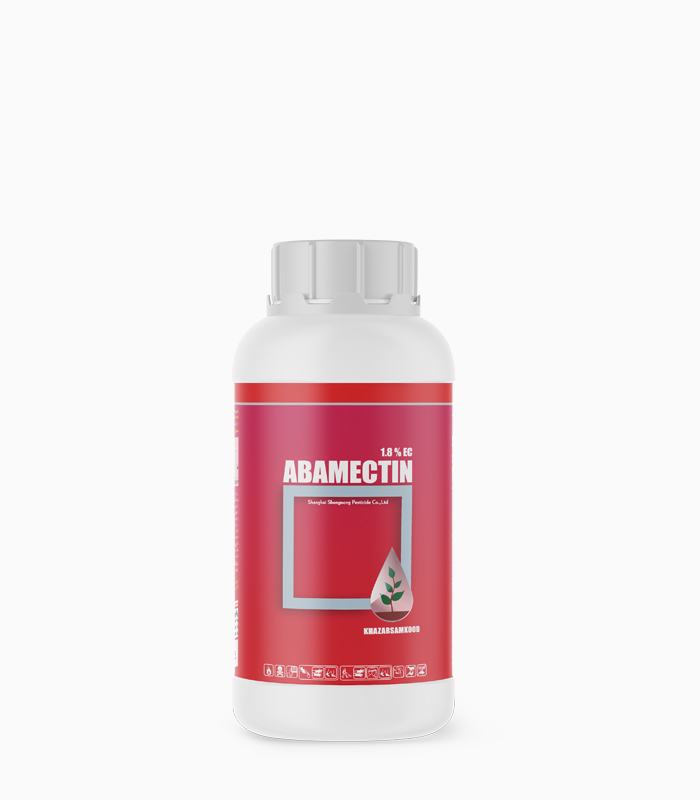
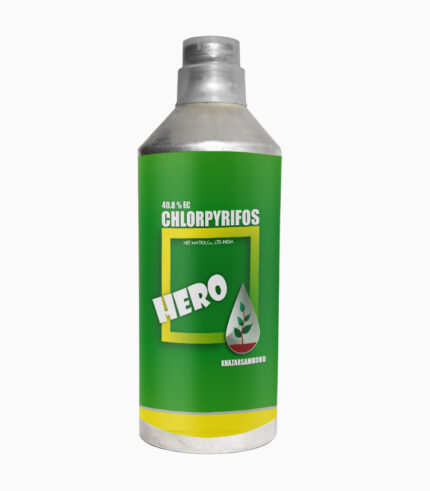
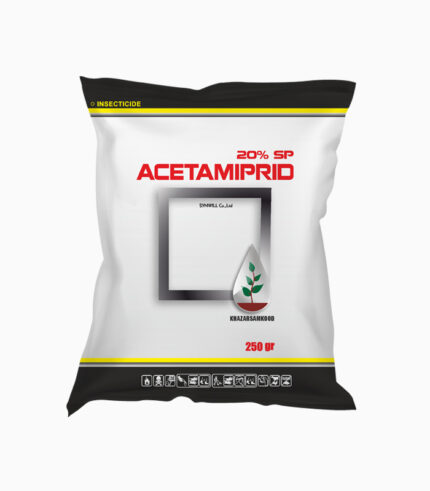
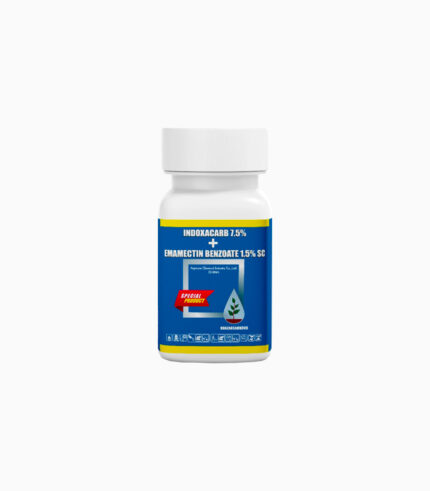
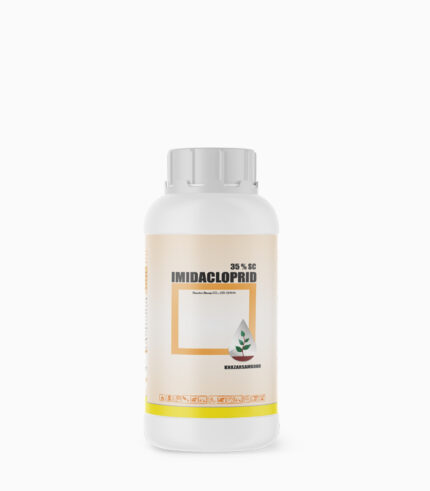
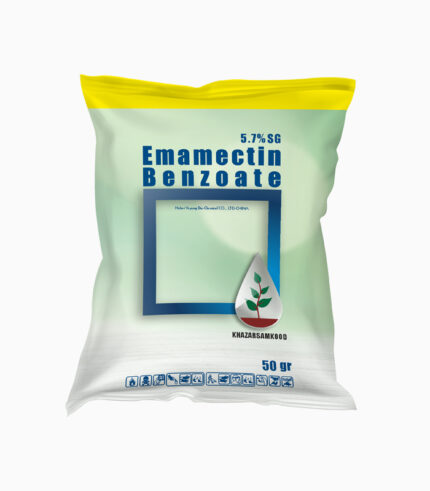

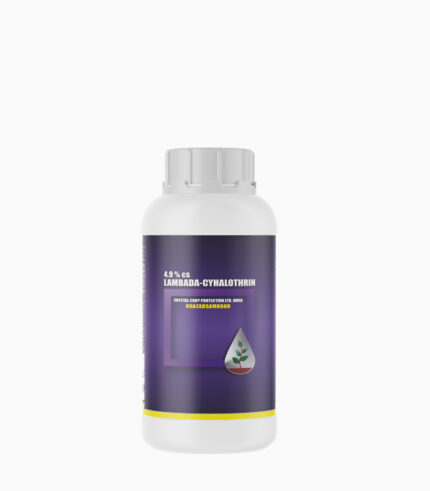
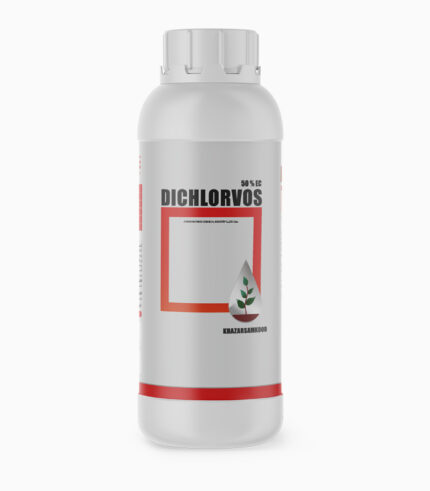
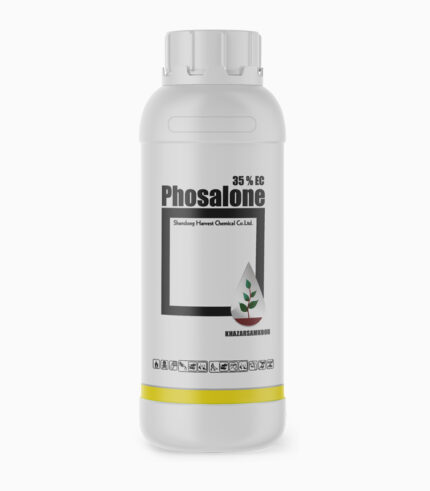
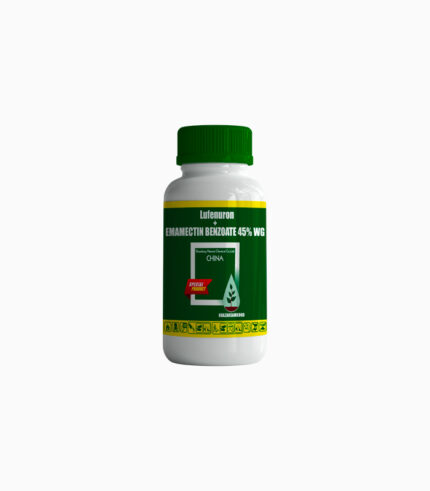
Reviews
There are no reviews yet.